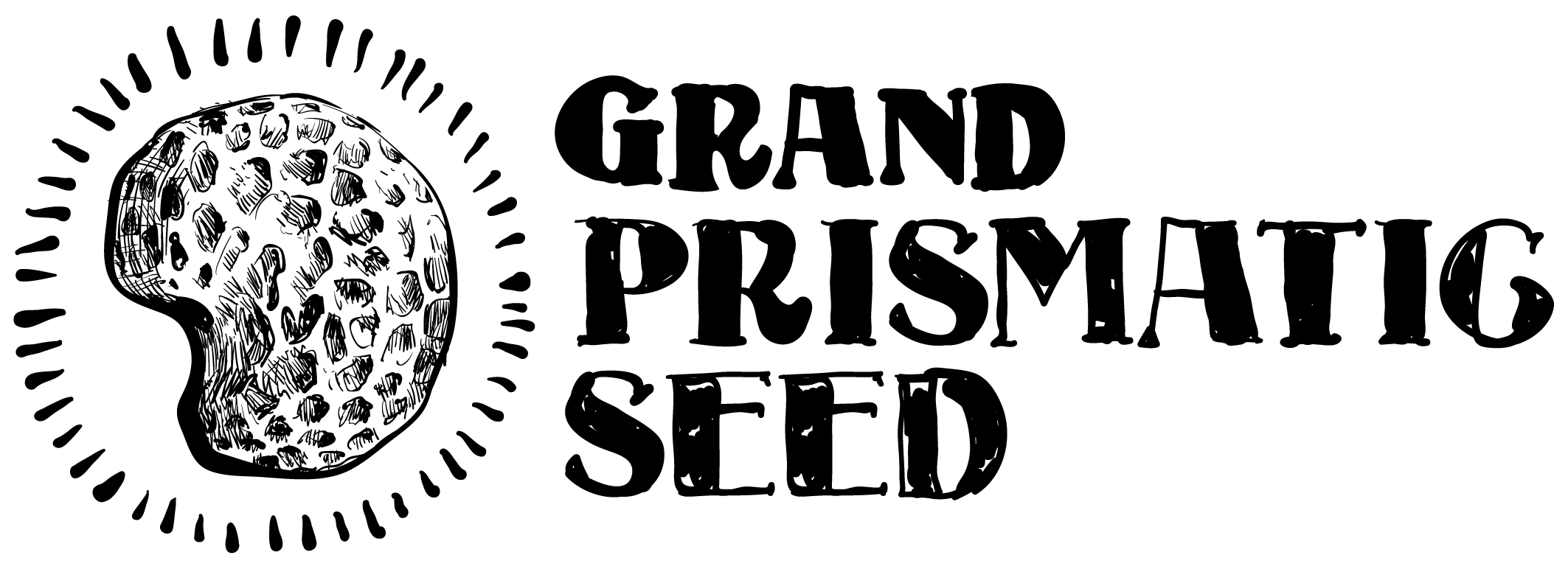Illinois Bundleflower



Illinois Bundleflower
Also known as False Sensitive Plant and Illinois Mimosa
(Desmanthus illinoensis)
A native plant of Southwestern Utah and the central states, perennial wildflower of grassy plains and other open sunny settings across the western states. Bundleflower plants are named for the way that their seedpods form together in a bundle; they are in the Pea family and closely related to mimosa trees. These 2-to 4-foot-tall plants have soft, ferny foliage, DMT-containing rootbark and small white globe-shaped flowers. Like most plants in the pea family (Fabaceae) they host Rhizobia bacteria in their roots that change atmospheric nitrogen into a form usable by plants. This creates fertility for themselves and nearby plants as the nitrogen enters the soil.
Illinois bundleflower is being studied for use as a perennial human grain crop by The Land Institute, an independent non-profit in Kansas working to mimic the natural processes of the prairies to create sustainable, ecologically appropriate, perennial food systems.
The flowers provide food for small nectar seekers, the foliage is enjoyed by herbivores and used in pasture mixes for forage, and the seeds provide food for quail, pheasant, prairie chickens and domestic chickens and rodents and potentially other creatures (do your homework). Bundleflower is also a good perennial for enriching your soil and compost through its nitrogen fixing capability and biomass productivity.
Direct sowing is best. If you do not scarify the seeds, sow them in the fall for winter conditions to break through the tough seed coat. Otherwise, scarify (see below) and sow in warming soils in the spring. You can start them in flats in the spring as well. Just make sure that you keep an eye on them and pot them up if roots start hitting the bottom of the cell; pot them up or plant them out to avoid stunted growth.
Seed germination is greatly enhanced by scarification. You can rub it between two pieces of sandpaper, make a small nick through the seedcoat, or tumble or shake it with coarse sand and then sow the mixture into your prepared seed bed. Bundleflower also benefits from inoculation with beneficial mycorrhizea (symbiotic root fungi) and root nodule forming, nitrogen-fixing Rhizobia bacteria (a standard bean and pea bacteria inoculum). These fungi and bacteria are often present in healthy living soils, and particularly the nitrogen-fixing bacteria may be present in high enough numbers where other bean family plants have grown.
Packet: 50 Seeds
